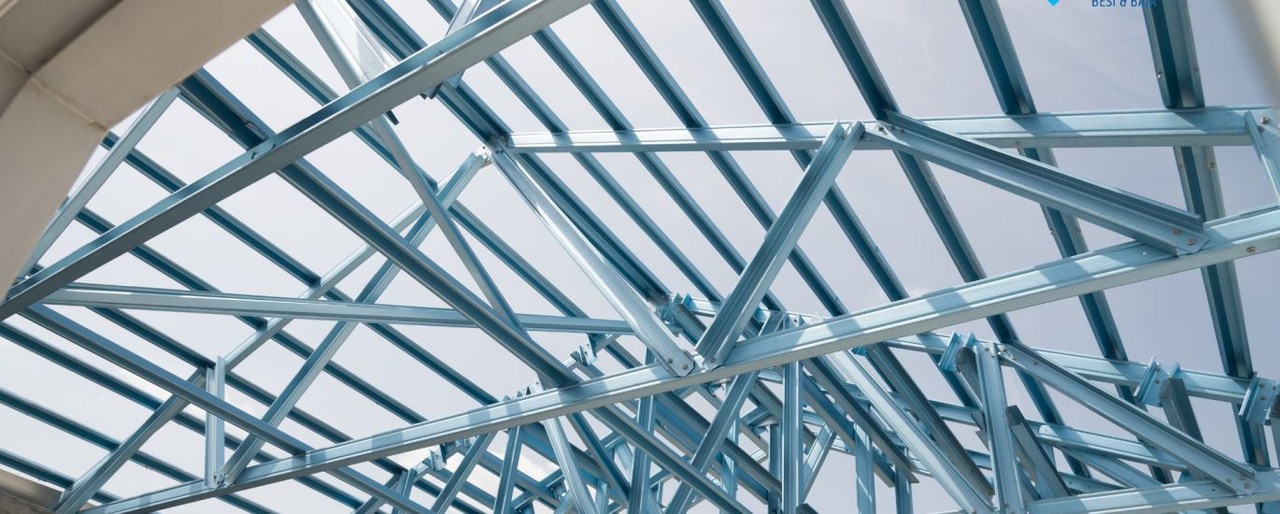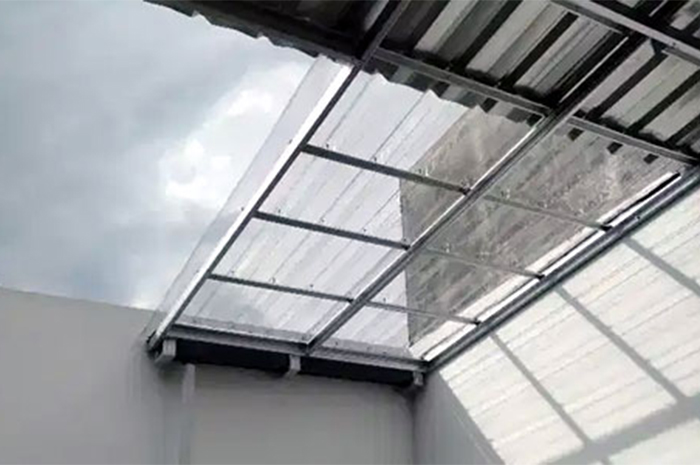Beranda > Artikel
Beware of Acid Rain This Is Its Impact on Building

Acid rain is rain that contains acid with a pH below 5.6. The occurrence of acid rain is caused by certain compounds that dissolve in rainwater. Acid that increases and dissolves in rain can harm the environment around us, and we ourselves can be victims.
How Does Acid Rain Occur?
Rain is a natural phenomenon to maintain balance on this earth. Rain occurs from the process of sea and river water that evaporates into the air to become water vapor. The water vapor will condense and form clouds. Then the water vapor will condense to form dew. Then the wind will collect small clouds into large clouds and turn gray. The drops of water will be more and more so that it becomes rain that falls to the earth. That's a brief process of natural rain.
Acid rain has the same process, only the source of acid rain is different from natural rain. Acid rain is the encounter of water vapor with carbon dioxide gas, hydrogen sulfur, sulfur dioxide, and carbon monoxide. If this goes on for a long time, it will endanger living things, including humans themselves. Because rain is used in daily life, such as power plants, rainfed rice fields, clean water sources, fish farming, and others.
We can feel the effects of acid rain. We can see that erosion occurs in many areas, soil fertility begins to decrease, animals that cannot tolerate high acid content will die quickly, as well as buildings can be affected by acid rain. This is one of the reasons building contractors have to rack their brains so that the buildings they build are not easily damaged by acid rain.
Impact of Acid Rain on Buildings
Buildings ranging from buildings to houses can be affected by acid rain. This is because the acids contained in rain are corrosive and damage objects in our environment. Home contractors also need to have a lot of sense so that the houses they build are not easily damaged by acid rain.
This is the impact of acid rain on buildings:
1. Walls are easy to crack.
We often encounter cracked walls in homes and buildings. In addition to conventional stirring, acid rain also accelerates wall cracking. Wall cracks are divided into two: structural cracks and hair cracks. Structural cracks are horizontal while hair cracks are thin lines that form many cracks. Rainwater that penetrates the walls can damage the structure of the walls, develop mold, and damage the paint.
2. Peeling paint.
Peeling of paint occurs on layers of paint that have been applied for a long time. The paint is getting longer and harder, so it can't follow the movement of the wall. The quality of the paint will affect the speed with which the paint peels off. Likewise, the acid contained in rainwater will cause stains on the walls.
3. Damage the marble and rocks on the walls.
Acid rain can damage masonry in walls because it contains calcium carbonate, leaving crystals on the rock when it evaporates. It is these crystals that make rocks and marble brittle if not properly protected. It was feared that the marble would break down quickly, while the rocks on the walls reduced the strength of the building.
Acid rain has become a problem for Jakarta contractors due to high air pollution. The rain that occurs is no longer natural rain, but water with a mixture of air pollution. In addition to damaging walls, peeling paint, and rock, acid rain also accelerates the age of metal and concrete on walls. It is feared that buildings that are not sturdy will easily crack and collapse. If a solution is not immediately found, this problem will become more serious.
 Bahasa Indonesia
Bahasa Indonesia  Inggris
Inggris
 Bahasa Indonesia
Bahasa Indonesia  Inggris
Inggris
 Acid rain is rain that contains acid with a pH below 5.6. The occurrence of acid rain is caused by certain compounds that dissolve in rainwater. Acid that increases and dissolves in rain can harm the environment around us, and we ourselves can be victims.
Acid rain is rain that contains acid with a pH below 5.6. The occurrence of acid rain is caused by certain compounds that dissolve in rainwater. Acid that increases and dissolves in rain can harm the environment around us, and we ourselves can be victims.





